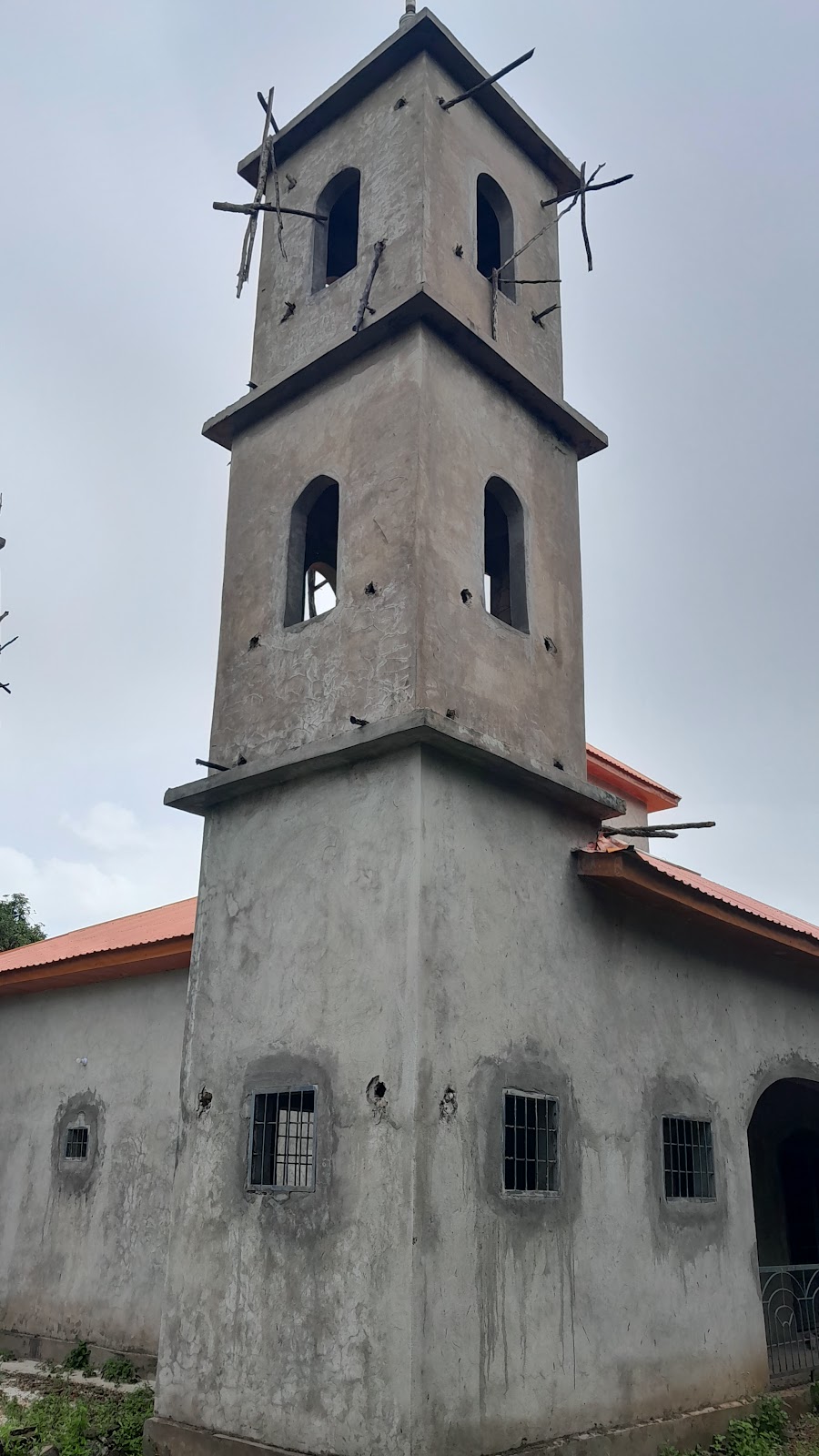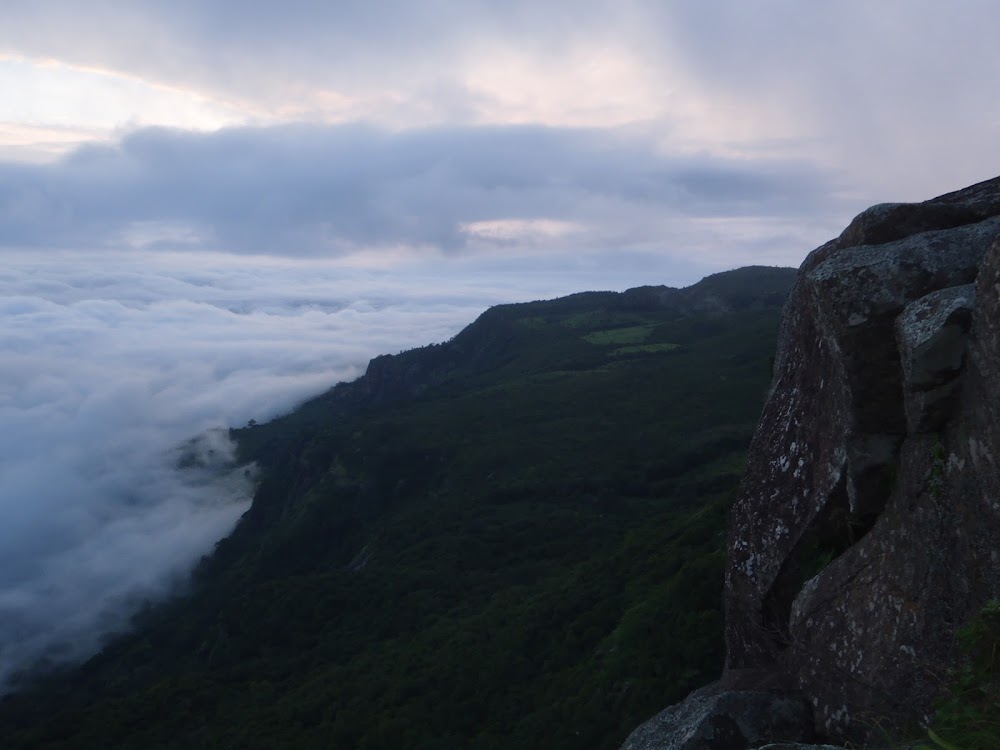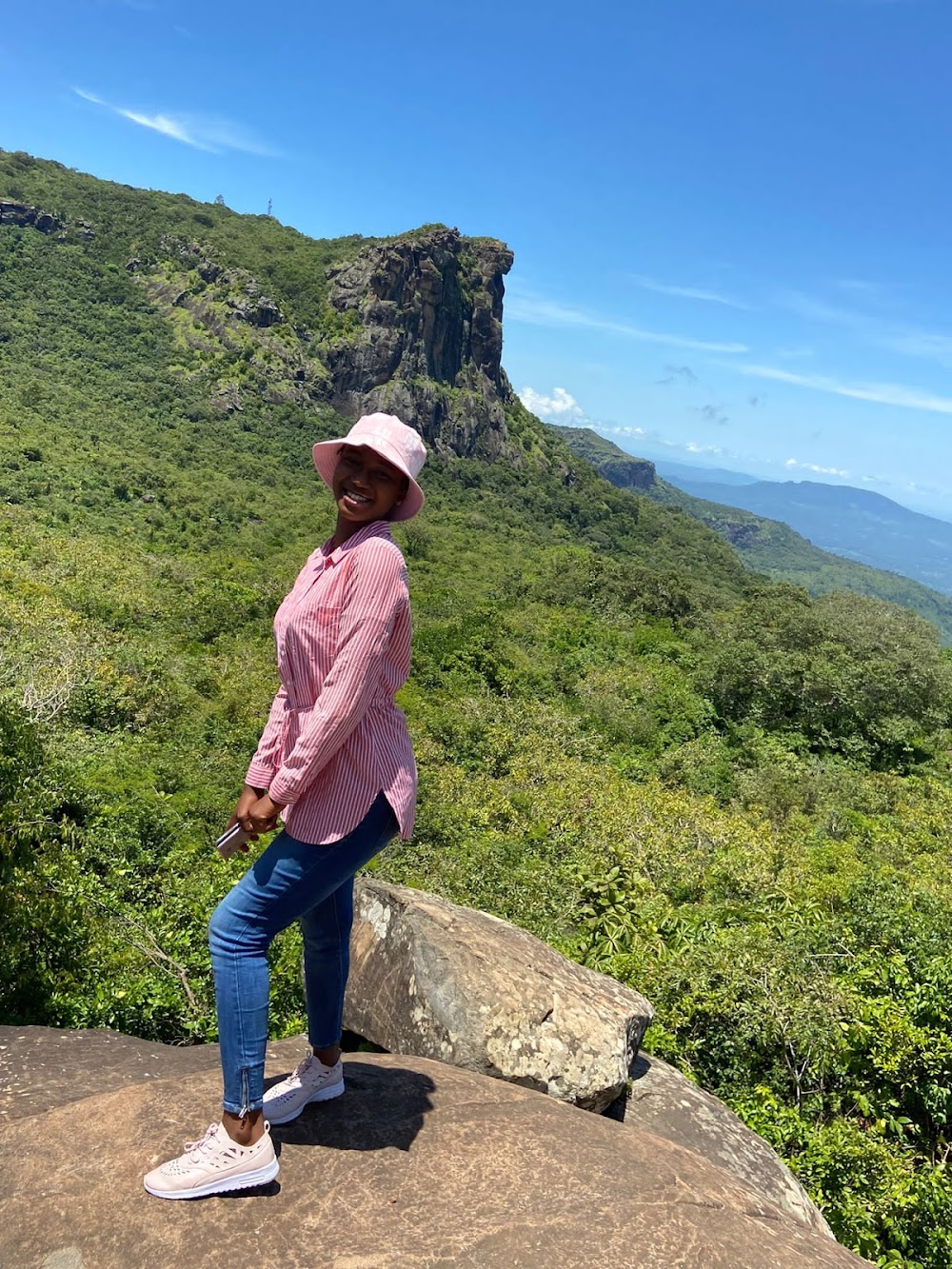Mount Loura (Mont Loura)
Related Places
Overview
Overview of Mount Loura
Mount Loura, a striking natural landmark in the Kayes Region of Mali, majestically dominates the surrounding landscape. Its breathtaking elevation not only offers spectacular views but also fosters an unparalleled sense of tranquility and connection to nature. This mountain is truly a gem for those seeking both adventure and serenity in the heart of West Africa.
Geological Significance
The formation of Mount Loura stretches back millions of years, as it is part of the ancient West African Craton—a geological formation renowned for its age and stability. Over time, natural forces such as tectonic activity, erosion, and weathering have sculpted Mount Loura into the magnificent peak we see today. Its rugged slopes and distinctive profile stand out prominently against the horizon, captivating those who behold it.
Rock Composition
Geologists are particularly fascinated by Mount Loura's composition, which predominantly features ancient crystalline rocks like granite and gneiss. These enduring materials reveal the mountain's deep-rooted history within the Earth's crust, offering valuable insights into the geological processes that have shaped the region over eons. The granite not only provides a solid foundation but also contributes to the mountain's weather-resistant qualities, ensuring its enduring presence for generations to come.
Cultural Heritage
Mount Loura is steeped in cultural and historical significance, intertwined with the traditions and folklore of the local communities in the Kayes Region. Legends abound, speaking of spirits and ancestors that reside within the mountain, transforming it into a sacred site for rituals and ceremonies. These stories, passed down through generations, enrich the cultural tapestry of the area and foster a profound sense of unity among the people.
Adventure Awaits
For adventurous tourists and nature enthusiasts, Mount Loura presents a thrilling destination. The ascent to its summit is challenging yet rewarding, allowing hikers to immerse themselves in the diverse flora and fauna that thrive in this unique ecosystem. From the base to the peak, visitors can discover an array of plant species and may even catch glimpses of wildlife, including monkeys, birds, and other small mammals that call the mountain home.
Panoramic Views
The panoramic view from the summit of Mount Loura is nothing short of breathtaking. On clear days, the vistas extend over the Kayes Region, showcasing undulating terrain, dotted villages, and the mighty Senegal River weaving through the landscape. This vantage point offers not only a feast for the eyes but also a moment for reflection, allowing visitors to appreciate the natural beauty and historical significance of the area.
Conservation Efforts
Ongoing efforts to preserve Mount Loura and its surrounding environment are vital. Local authorities and conservation groups are collaborating to protect this natural treasure for future generations. Their focus on sustainable tourism practices, environmental education, and community involvement aims to strike a balance between development and preservation, ensuring that the mountain's beauty endures.
Conclusion
Mount Loura stands as a testament to the natural beauty and geological history of the Kayes Region in Mali. Its formation, cultural significance, and the diverse ecosystem it supports make it a remarkable symbol of natural heritage. Whether you are a geologist, a cultural enthusiast, or an adventure seeker, Mount Loura offers a profound connection to both the Earth’s ancient past and the vibrant present-day life of Mali.






